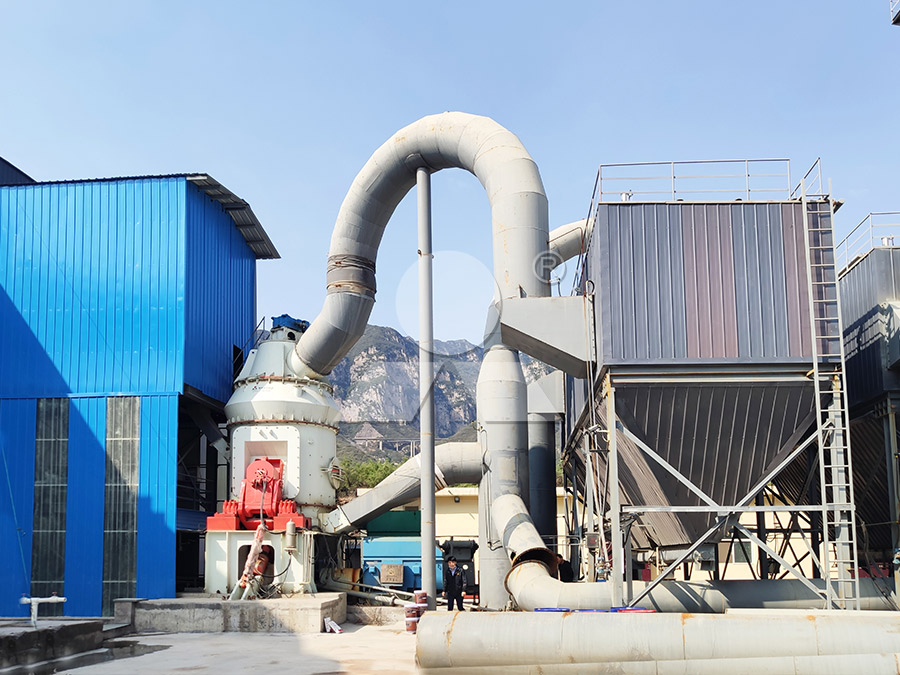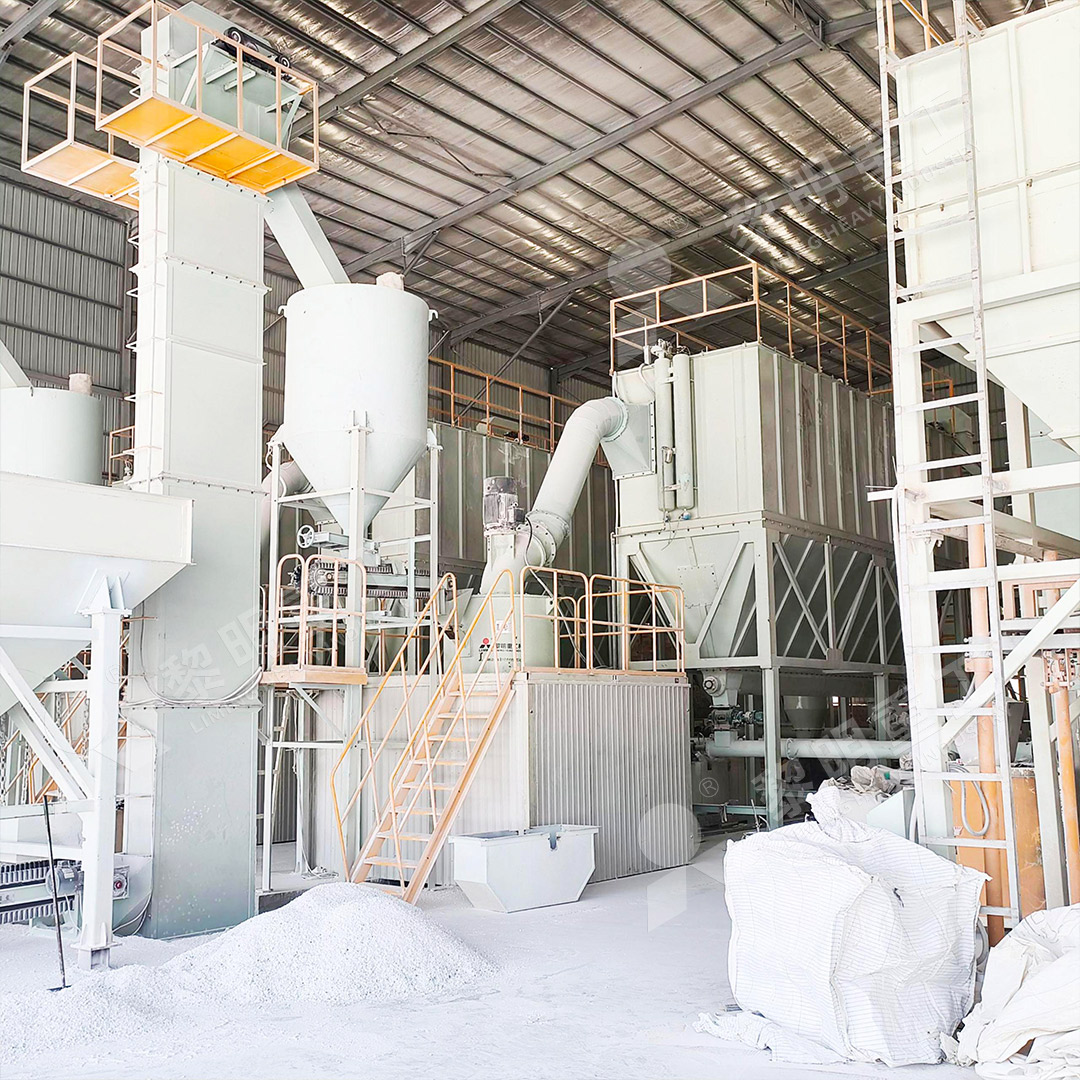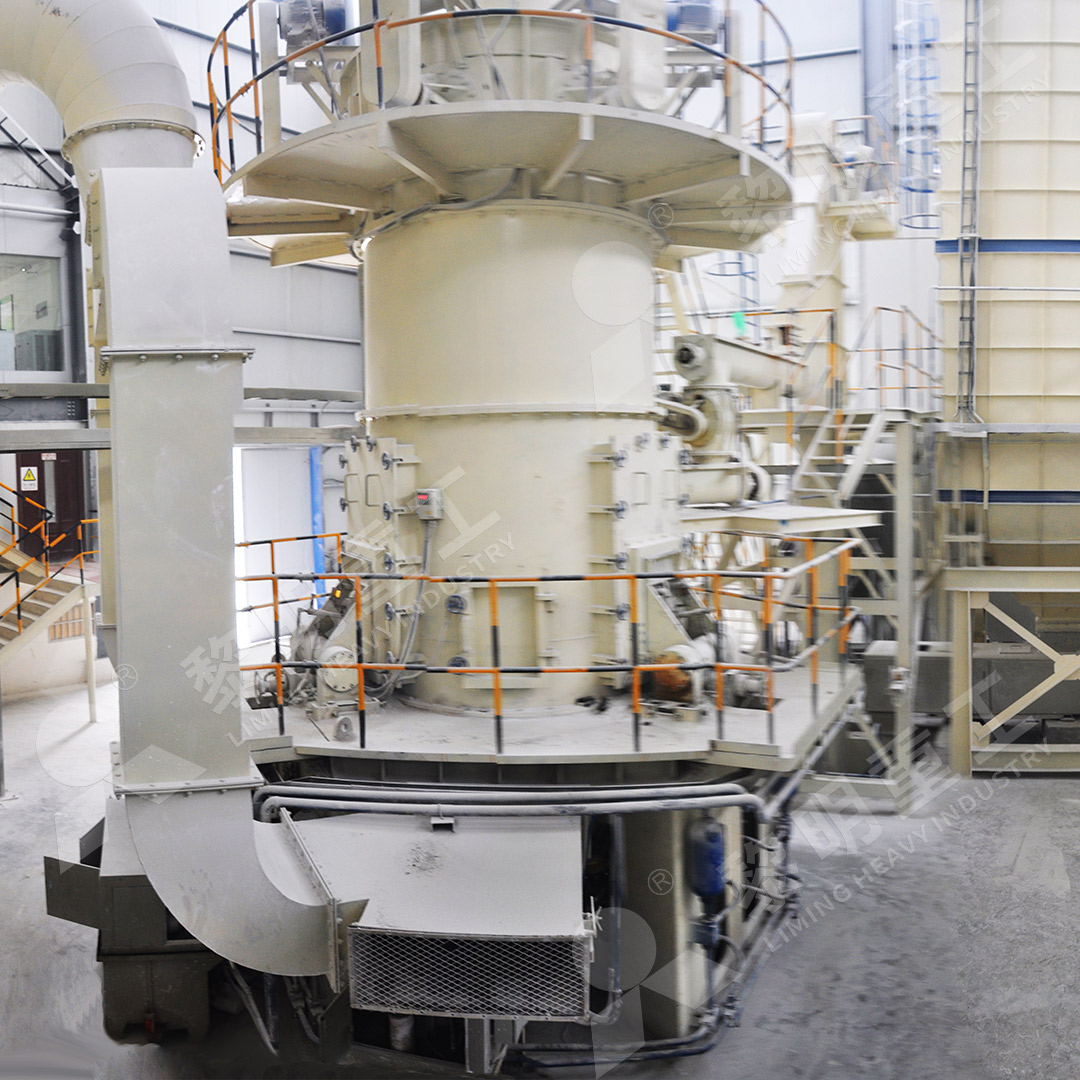High Efficiency Vertical Roller Mill for Fine Powder Production
High Efficiency Vertical Roller Mill for Fine Powder Production
In today’s competitive industrial landscape, achieving optimal fine powder production requires machinery that combines precision engineering with energy efficiency. Vertical roller mills have emerged as the preferred solution for numerous applications, offering significant advantages over traditional grinding systems.
The fundamental principle behind vertical roller mill technology involves the simultaneous grinding, drying, and classifying of materials within a single compact unit. This integrated approach eliminates the need for multiple separate processes, reducing both operational complexity and energy consumption.

Key Advantages in Modern Powder Processing
Modern vertical roller mills demonstrate remarkable versatility across various industries. Their ability to handle materials ranging from limestone and calcite to petroleum coal and barite makes them indispensable in chemical, construction, and manufacturing sectors. The precision control over particle size distribution ensures consistent product quality batch after batch.
One of the standout performers in this category is our MW Ultrafine Grinding Mill, specifically engineered for customers requiring ultra-fine powder production. With an input size capacity of 0-20 mm and production rates ranging from 0.5 to 25 tons per hour, this machine represents the pinnacle of grinding technology. The integrated efficient pulse dust collector and muffler system ensures minimal environmental impact while maintaining operational efficiency.
Technical Innovations Driving Performance
The evolution of vertical roller mill technology has brought several critical innovations to the forefront. Advanced powder separation systems, exemplified by the German-engineered cage-type powder selector in our MW Ultrafine Grinding Mill, enable precise fineness adjustment between 325-2500 meshes. This level of control allows operators to tailor output specifications to exact customer requirements.
Another significant advancement lies in the mechanical design. The elimination of rolling bearings and screws within the grinding chamber addresses common failure points that plague conventional mills. This design philosophy extends equipment lifespan and reduces maintenance downtime, contributing to higher overall operational efficiency.

Environmental Considerations and Operational Excellence
Modern industrial operations must balance productivity with environmental responsibility. Our vertical roller mills incorporate comprehensive dust collection systems that effectively contain particulate matter throughout the grinding process. The combination of pulse dust collectors, silencers, and noise elimination technologies ensures compliance with stringent environmental standards while maintaining worker comfort and safety.
For operations requiring even greater precision and efficiency, we recommend considering our LUM Ultrafine Vertical Grinding Mill. This advanced system integrates the latest Taiwanese grinding roller technology with German powder separating expertise, delivering exceptional performance for superfine dry powder production of non-metal ores. With its input size of 0-10 mm and capacity of 5-18 tph, the LUM series represents the next generation of vertical grinding technology.
Practical Applications Across Industries
The versatility of high-efficiency vertical roller mills extends across numerous sectors. In the chemical industry, they produce consistent fine powders for paints, cosmetics, and pharmaceuticals. Construction applications benefit from precisely ground materials for cement and concrete production. The food industry utilizes these mills for food additive production, where particle size consistency directly impacts product quality.

The digital revolution has transformed mill operation and maintenance. Numerical control systems now manage everything from steel plate cutting to final assembly, ensuring exceptional machining precision, particularly for core components. This digital integration facilitates remote monitoring and predictive maintenance, further enhancing operational reliability.
Frequently Asked Questions
What makes vertical roller mills more efficient than traditional ball mills?
Vertical roller mills integrate multiple processes—grinding, drying, and classifying—into a single unit, reducing energy consumption by 30-40% compared to ball mills. Their compact design also requires significantly less floor space.
How does the MW Ultrafine Grinding Mill achieve such fine powder specifications?
The MW mill features a advanced cage-type powder selector using German technology, which precisely controls particle separation. This allows fineness adjustment between 325-2500 meshes with screening rates achieving d97≤5μm in a single pass.
What maintenance advantages do these mills offer?
The absence of rolling bearings and screws in the grinding chamber eliminates common failure points. External lubrication systems enable maintenance without shutdown, supporting continuous 24-hour operation.
Can these mills handle different material hardness levels?
Yes, both the MW and LUM series mills can process materials of varying hardness, from soft talc to harder minerals like limestone and dolomite, through adjustable grinding pressure and rotational speed controls.
How do these systems address environmental concerns?
Integrated pulse dust collectors ensure no dust pollution during operation, while silencers and noise elimination rooms reduce acoustic impact, maintaining full compliance with national environmental standards.
